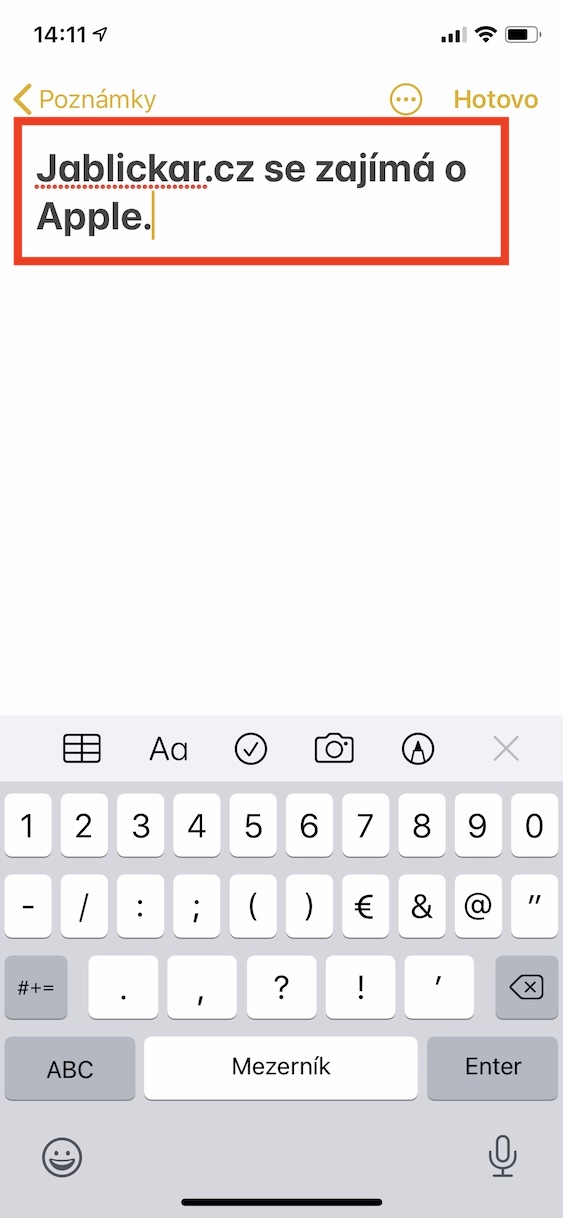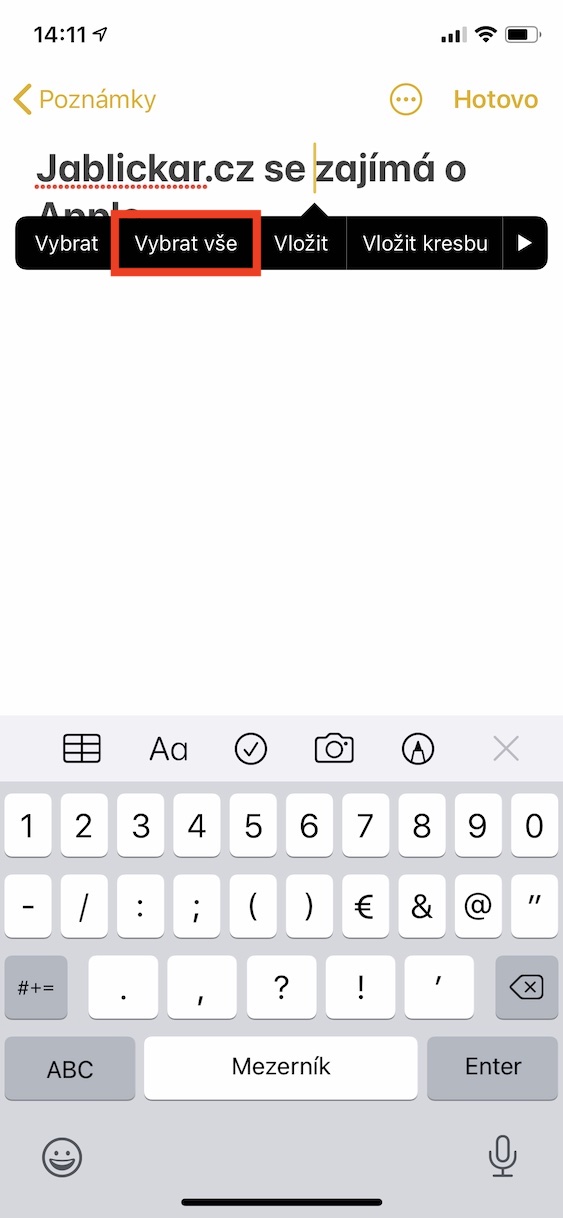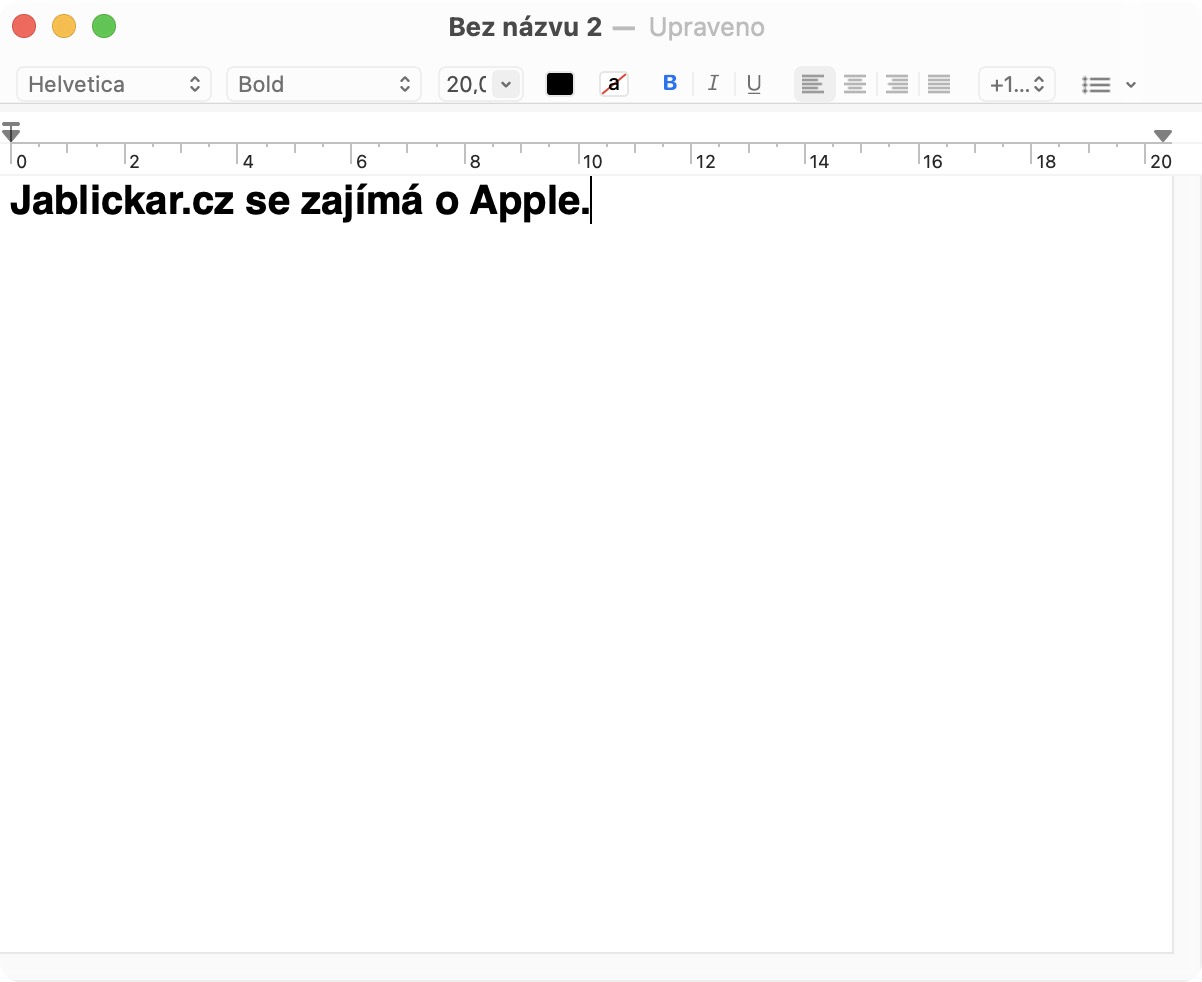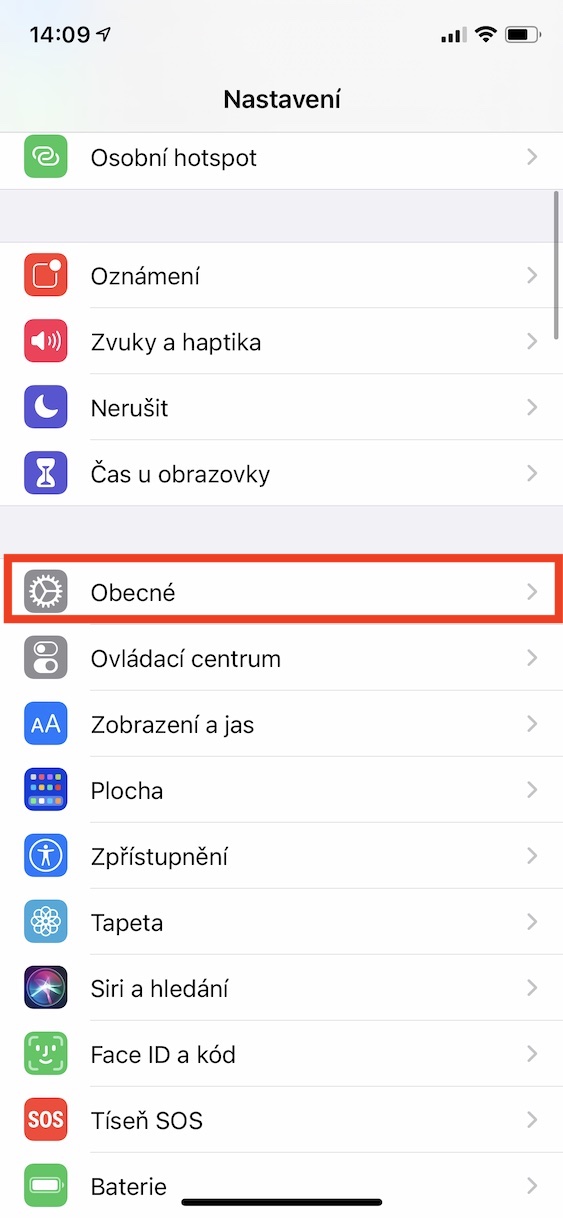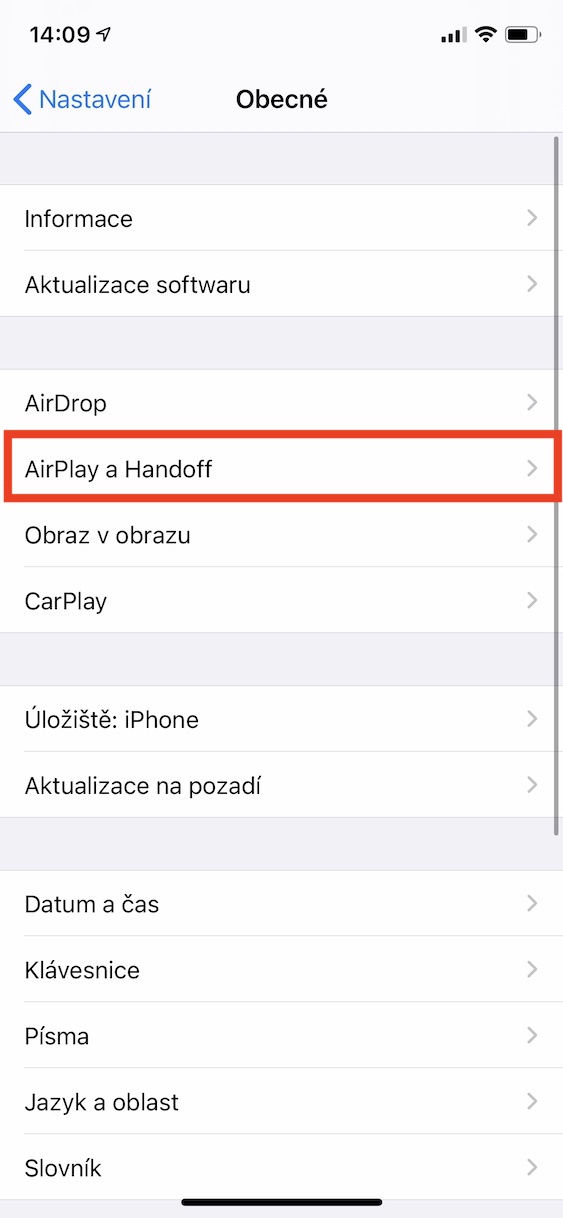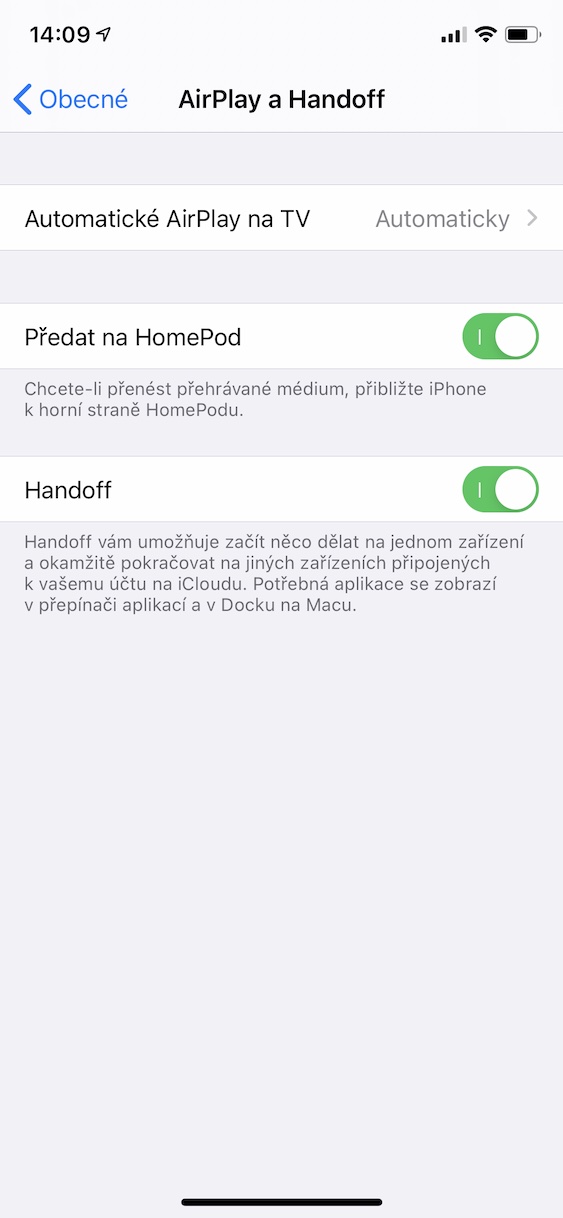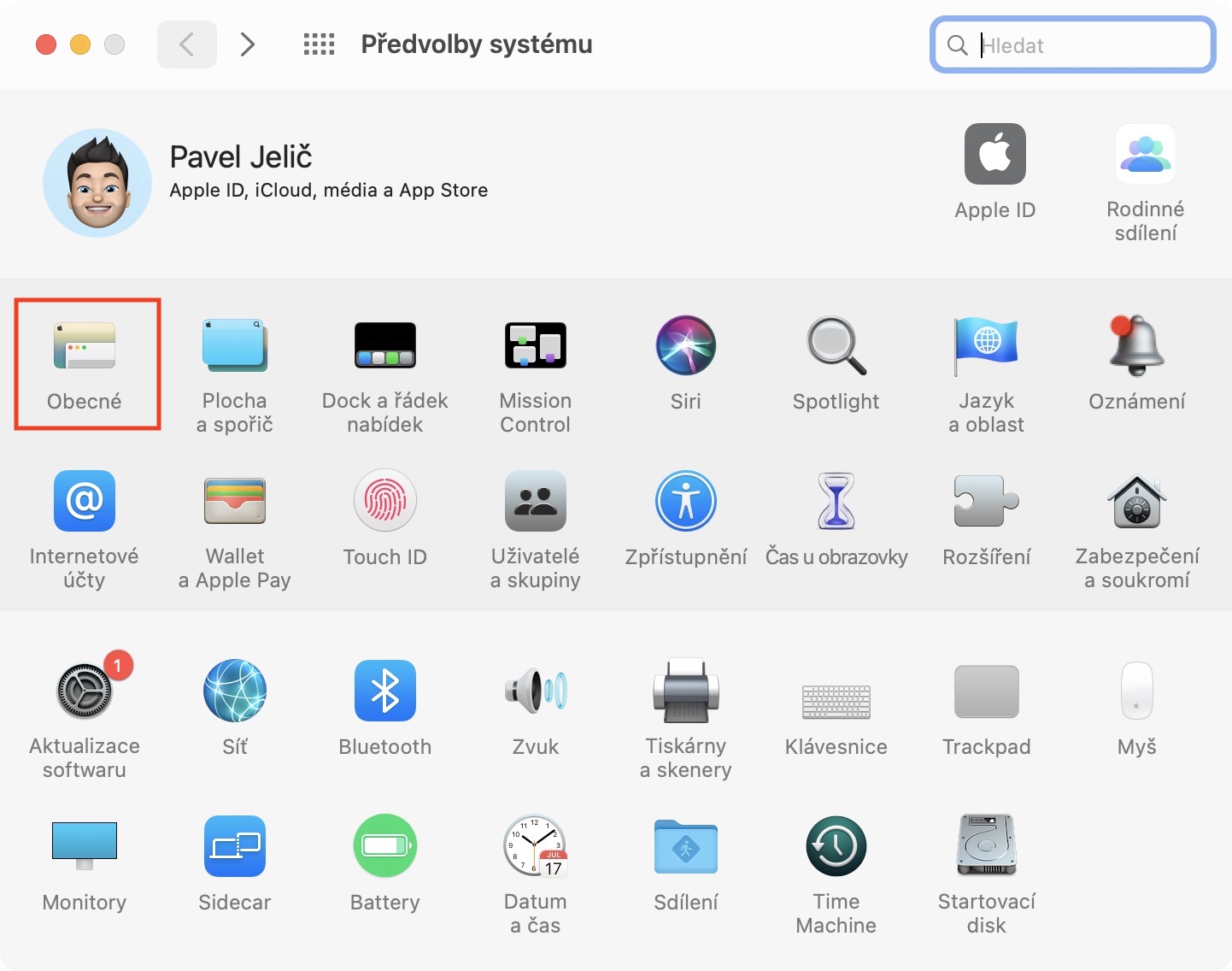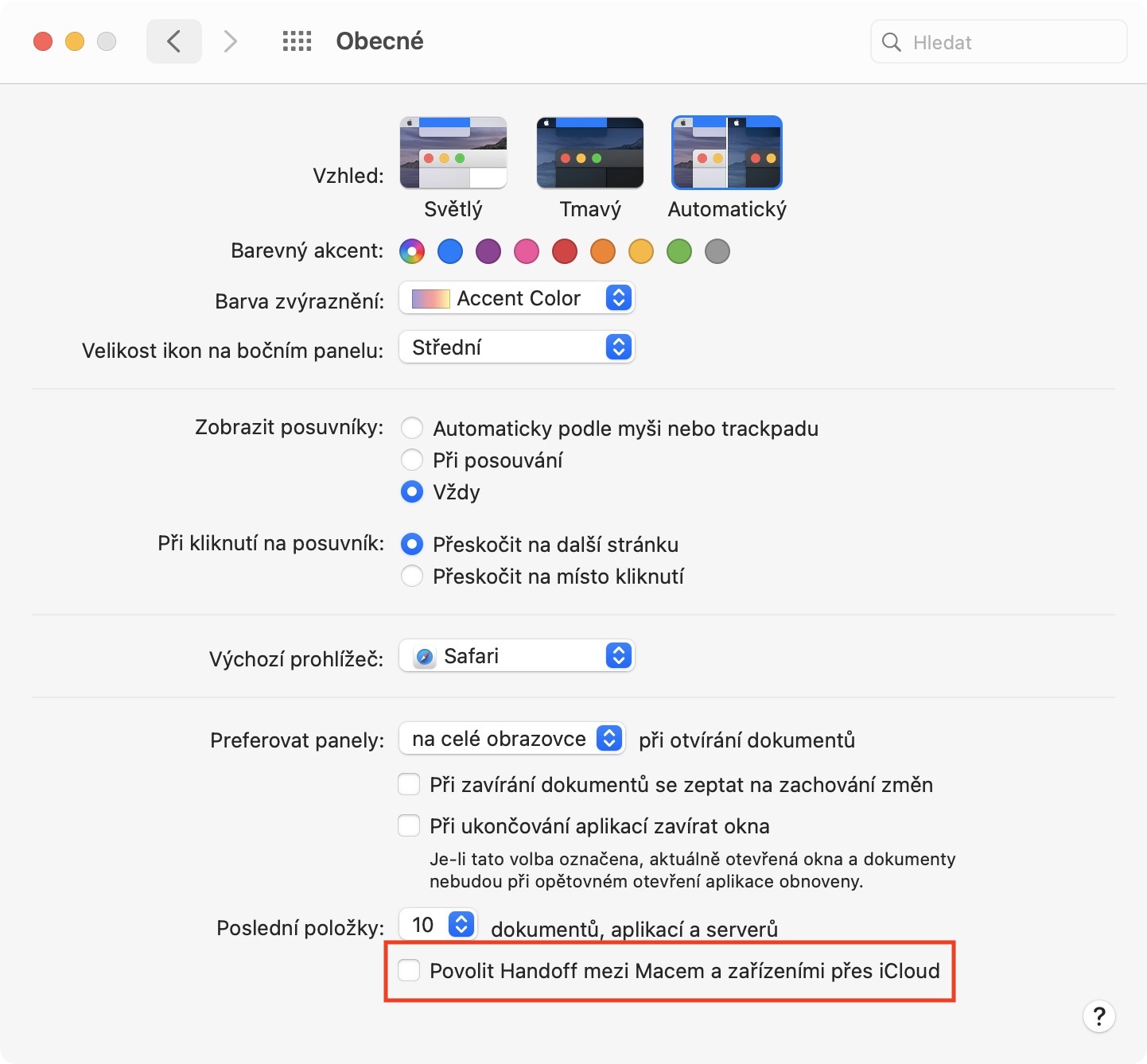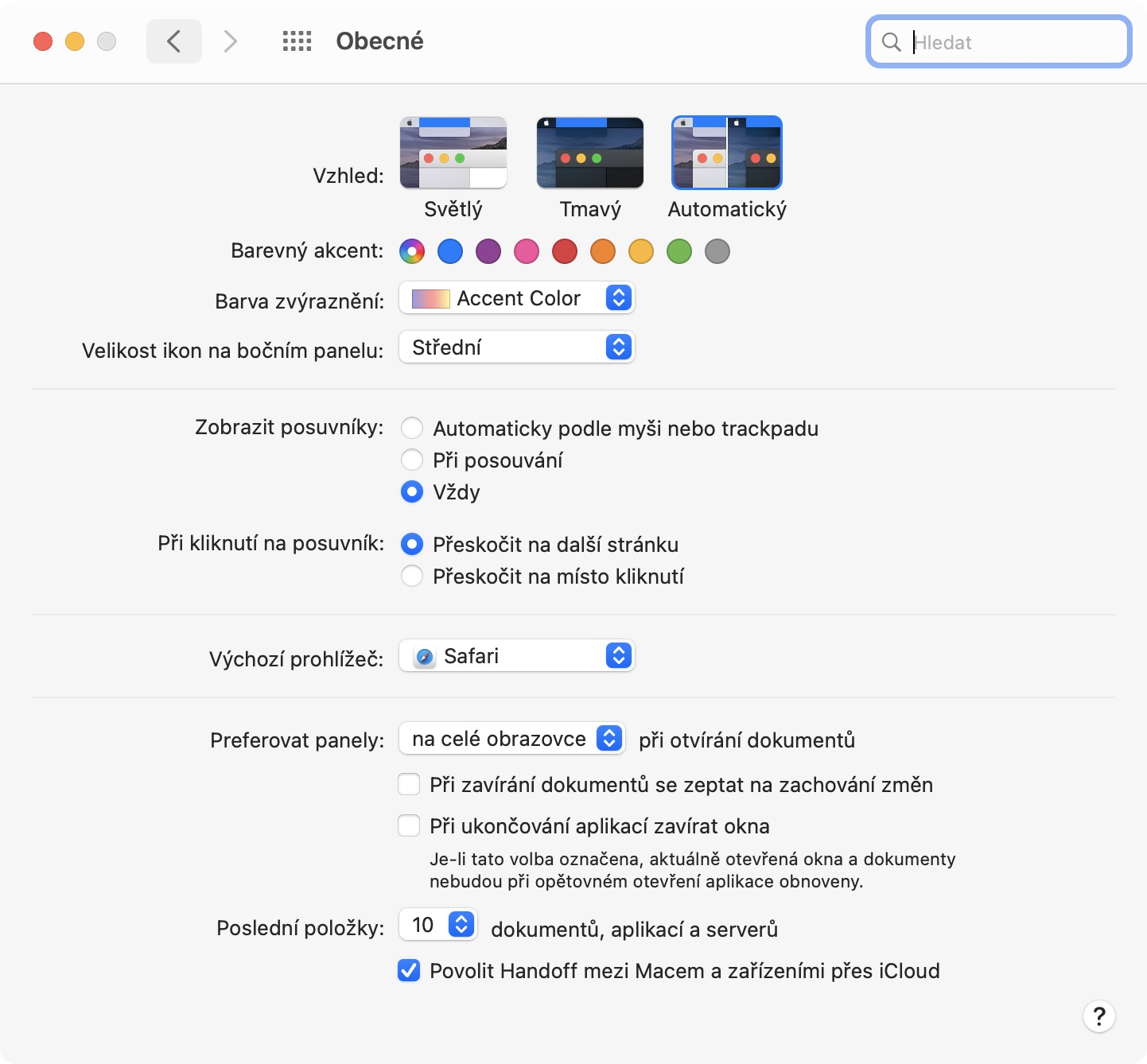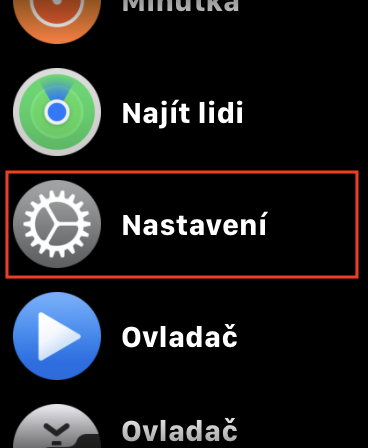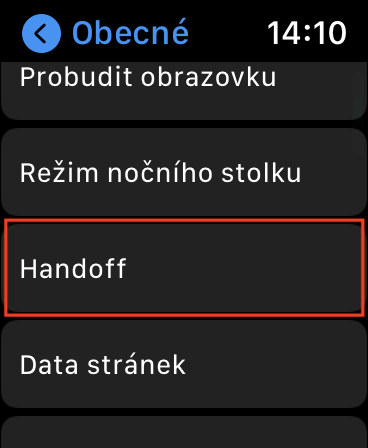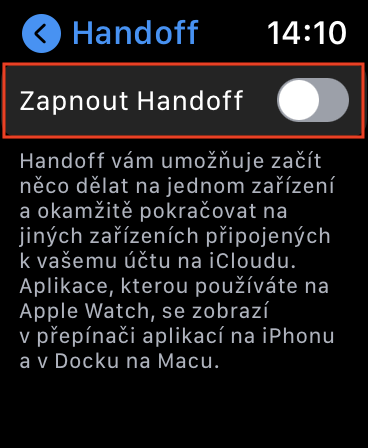If you own multiple Apple devices, such as an iPhone and a Mac, you will surely agree that the connectivity of Apple devices is simply great. Anything you do on an iPhone is automatically reflected on a Mac or even an iPad – and of course it works the same way the other way around. If you take a photo on your iPad, it will automatically appear in the library of all your other devices that you have under your Apple ID. It can work exactly the same with notes, reminders and selected data in general. But it's not just about data synchronization. Apple devices can do a lot more in terms of connectivity, which makes them stand out from competing products on some fronts.
It could be interest you
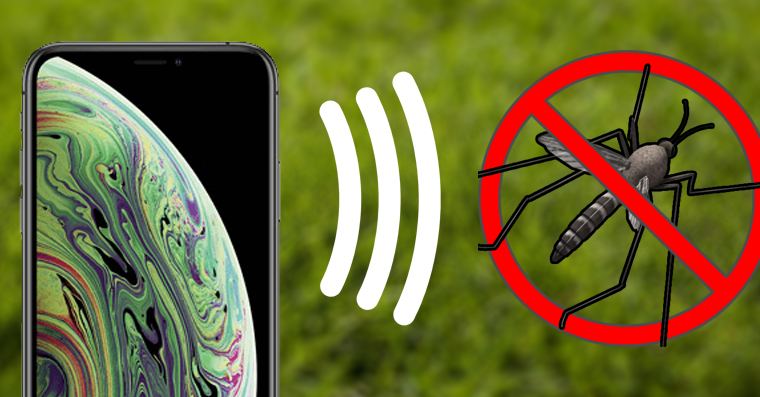
The Handoff function can really do a lot
One of the great features is, for example, Handoff. The name of this function probably doesn't tell you much, but once you find out what this function can do, you will immediately like it and start using it. With the Handoff function, the connectivity of all Apple devices can be taken to a higher level. With Handoff, you can simply put the work you started on one device to finish on another device. For example, if you open a page in Safari on an iPhone, you can immediately view it on a Mac, for example, thanks to Handoff. The icon of the app you're in on the other device will appear in the macOS device's dock, and when you tap it, you'll be right where you left off on the original device, in our case, a specific web page.

But that is certainly not all that the Handoff function can do. In addition to allowing you to easily continue working on another Apple device, it is also suitable for copying files and other data across devices. If you have the Handoff function activated, the "shared" mailbox will be activated. So whatever you copy on your iPhone will automatically be available on all your other devices. If you copy some text on the iPhone, and then perform a paste action on the Mac (for example, by pressing Command + V), the text that was copied on the iPhone will be pasted. As I mentioned above, the Handoff function works on practically all Apple devices, i.e. on iPhone, iPad, Mac or MacBook and Apple Watch. In order to be able to use Handoff, it is necessary that the devices are connected to Wi-Fi and that they have active Bluetooth.
Activating Handoff on iPhone and iPad
If you want to activate Handoff on an iPhone or iPad, it is a very simple process. Just follow this procedure:
- Open the native app on your iOS or iPadOS device Settings.
- Here, then go down a bit and click on the box In general.
- Once you do so, move to the section AirPlay and Handoff.
- A switch next to the function is simply enough here Handoff switch to active positions.
Activating Handoff on Mac and MacBook
Activating the Handoff function in macOS is also very simple and in a way similar to iPhone. In case you want to activate Handoff on an Apple computer, proceed as follows:
- On your Mac or MacBook, move the cursor to the upper left year, where you click on icon .
- Select an option from the menu that appears System Preferences…
- Then a new window will appear in which you can move to the section In general.
- Here you just need to go all the way down ticked box next to the function Enable Handoff between Mac and iCloud devices.
Activating Handoff on Apple Watch
Activating Handoff on Apple Watch is also not complicated at all. Just follow this procedure:
- On an unlocked and turned on Apple Watch, press digital crown.
- You will find yourself in the application menu, where you can find and open the application Settings.
- Once you have done so, click the box in the Settings application menu In general.
- Here, then go down a bit until you hit a bookmark Handoff, which you click.
- Finally, you just need to function Handoff using a switch activated.
 Flying around the world with Apple
Flying around the world with Apple 